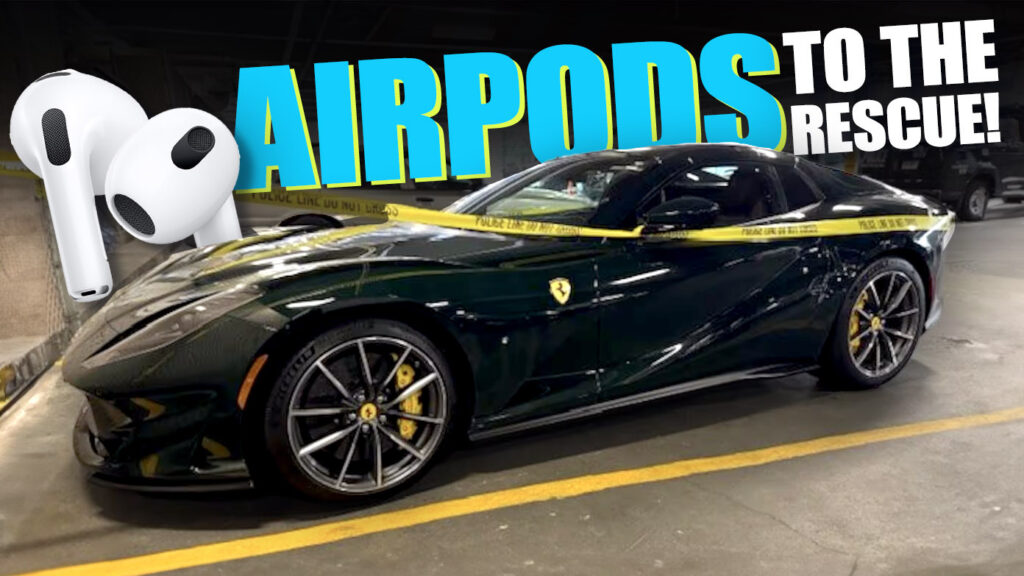News
Mercedes-AMG One Shatters Nurburgring Record with New 6:29 Lap Time
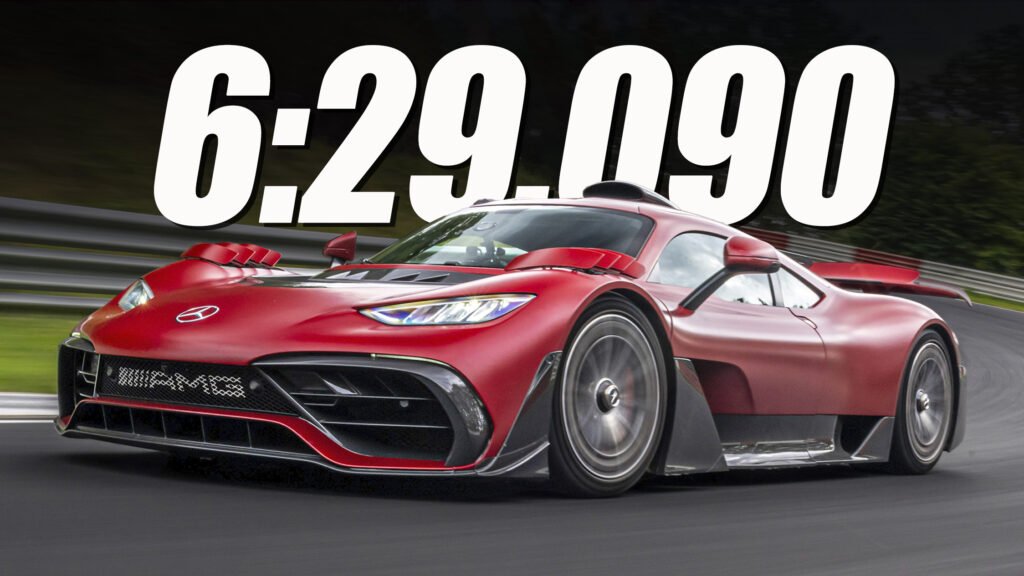
Peugeot Unveils e-408: A New Electric Contender for the UK Market
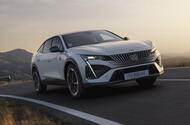 New electric version of saloon-cum-crossover will hit UK roads early next year
New electric version of saloon-cum-crossover will hit UK roads early next year
Peugeot has revealed the e-408, an electric variant of its saloon-cum-crossover that will take on the Tesla Model 3 and Polestar 2.
Its addition means every car available to order in Peugeot’s UK line-up now offers a choice of petrol, hybrid and electric powertrains.
Although closely related to the Peugeot e-308, which uses the same modular EMP2 platform, the larger e-408 adopts a slightly different powertrain, notably drawing power from a larger 58.2kWh (usable) NMC battery pack – unique within the Stellantis group.
The bigger battery could be accommodated as engineers “had more room to play with” within the fastback’s longer wheelbase, explained Peugeot product director Jérôme Micheron.
The rakish 408's slippery design, which achieves a drag coefficient of 0.28 (on par with the 2 and only just beaten by the class-leading Model 3), helps the EV to achieve a range of 281 miles, with 4.6mpkWh efficiency.
The battery can accommodate charging speeds of up to 120kW.
Despite the 408 being able to accomodate it, Peugeot isn’t offering the e-408 with the 98kWh battery that has just been launched in the Peugeot e-3008 and Peugeot e-5008, offering up to 422 miles of range.
Asked why, Micheron said: "When we looked at the competition of the e-408, we saw we were the right position when it came to range and efficiency. The average daily C-segment customer drives 45km [28 miles] a day.”
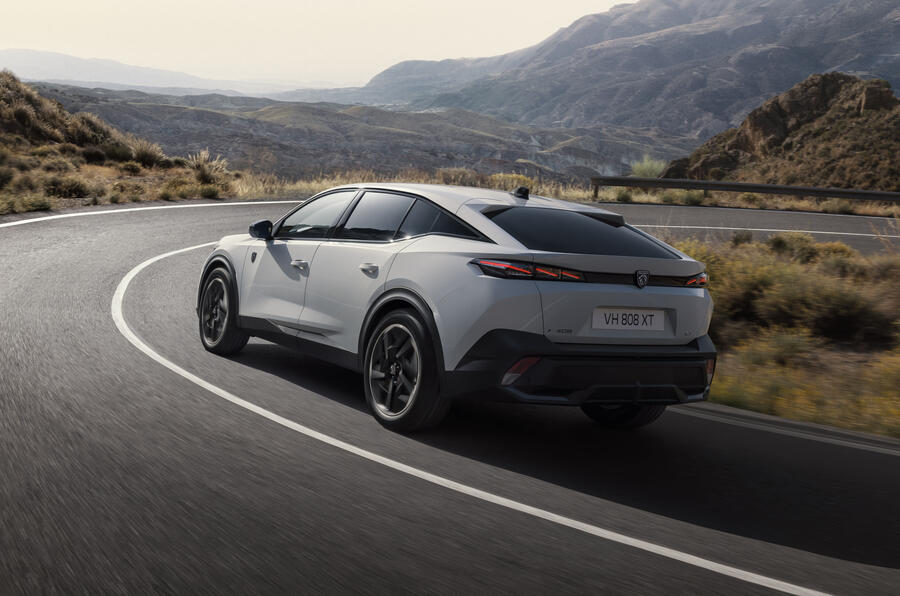
The new Peugeot’s Polestar and Tesla rivals are both offered in 'Long Range' forms, with ranges of 408 and 390 miles respectively.
The e-408 is fitted with the same synchronous electric motor as the e-3008, which deploys 207bhp and 245lb ft of torque.
Official acceleration figures have yet to be released, but it's expected to outpace the 154bhp e-308’s 9.8sec 0-62mph sprint time.
The e-408 is nearly indistinguishable from its ICE siblings, with only the additional 'e' badge at the rear marking it out. This is because “we wanted to protect the design and its attractiveness", said Micheron.
The same is true inside, the e-408 having the same i-Cockpit (small steering wheel and raised 10in instrument panel) as the ICE 408, along with a 10in infotainment screen, wireless Apple CarPlay and Android Auto and a separate i-Toggle shortcut touchscreen.
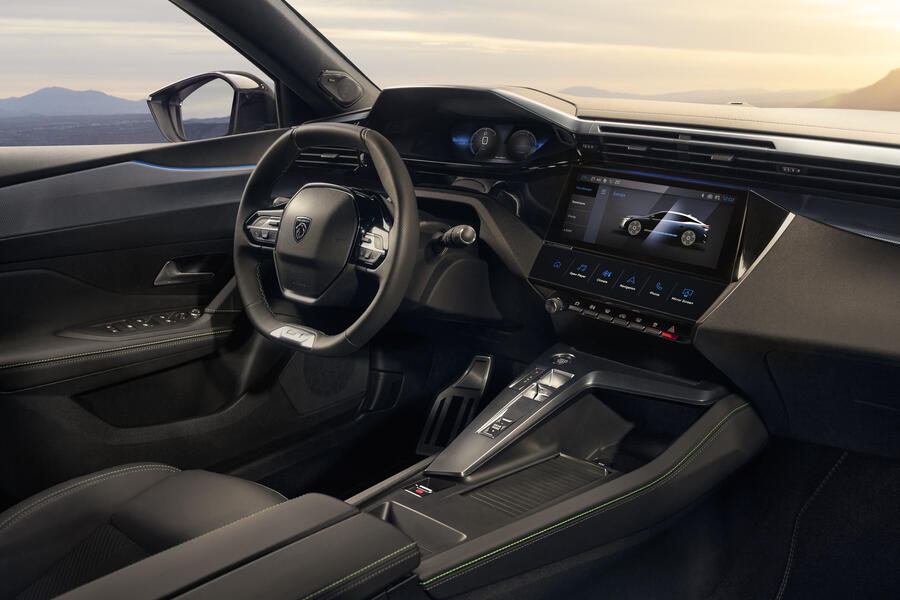
The e-408 will make its first public appearance at the Paris motor show later this month.
UK orders will be taken from 5 November and deliveries are due begin early next year.
Pricing has yet to be confirmed for the UK, but in Europe it will start at €43,900 (£36,602) in Allure trim and top out at €45,900 (£38,259) in GT trim.
Given that the e-408 will top the 408 range, it's expected to start here at above the PHEV's £43,420.
Fiat 500e Faces Production Delay Amid Demand Struggles and New Battery Developments
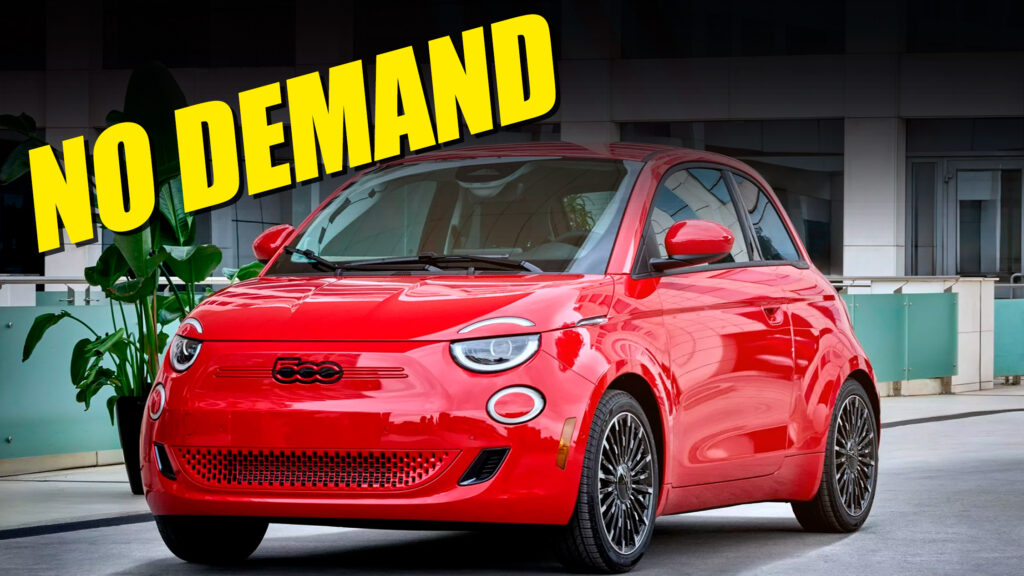
Skoda Delays Electric Octavia Estate Amid EV Demand Challenges
 Electric Octavia estate is pushed back by up to two years as brand refocuses on combustion models
Electric Octavia estate is pushed back by up to two years as brand refocuses on combustion models
Skoda has delayed a crucial new electric car and extended the lifespan of its small combustion-engined models in response to waning demand for EVs across Europe.
The Czech brand had previously planned to launch six electric cars over the next two years: the new Elroq and Epiq crossovers, the production version of the Vision 7S concept, a 4.7m-long estate and facelifts for the Enyaq and Enyaq Coupé.
However, it has now decided to delay the estate – all but confirmed to inherit the Octavia name – until late 2027 or 2028.
Skoda CEO Klaus Zellmer told Autocar: “To be totally honest, with the slowdown of the transformation into battery-electric vehicles, we’re revisiting that [timeline].
“We're checking the sequence of those cars. The cadence now is we’ve had the Enyaq Coupé, the Elroq, the next one is the Epiq, and the next one down the line will be the SUV, the 7S you’ve seen the concept car of. After that – it could be 2027, 2028 – we’re aiming for an Octavia estate.”
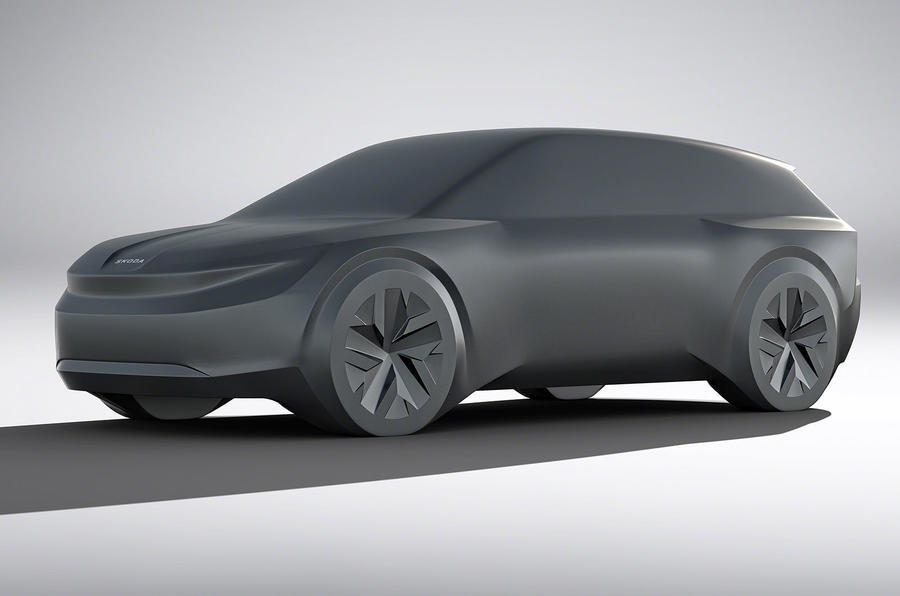
Meanwhile, the petrol-powered Fabia supermini, Kamiq crossover and Scala hatchback have been given a stay of execution until 2030.
Zellmer said: “Originally, we said that we were going to phase out the Fabia, Kamiq and the Scala by 2027, but we have now green-lighted those cars to stay with us until the end of the decade, because the [EV sales] slowdown is happening as we speak.”
According to figures from European car industry body ACEA, electric cars’ share of the region’s new car market (including the European Free Trade Association and the UK) fell from 15.1% between January and August 2023 to 14.0% over the same period this year.
“We have always said that we would cater to what consumers want and not what we think is the right method of transport or drivetrain,” Zellmer said. “We always said we're going to try and be as flexible as possible.”
Zellmer attributed the shortfall in electric car sales to various factors, including failings in the charging infrastructure, range anxiety, the cost of electricity and the significantly higher price of EVs.
Indeed, Skoda marketing boss Martin Jahn conceded that the company is sacrificing its profit margin on the new Elroq to ensure it is priced at a level to attract strong sales – and therefore allow Skoda to meet its CO2 emissions targets for 2025.
“I admit that this is not the most profitable car in our line-up, and we just have to work on the costs, especially on the battery costs, to make the electric cars more profitable in the future,” said Jahn.
Zellmer also pointed to the lack of variety in bodystyles as a barrier to growing EV sales. He said: “I’ve always said people always buy cars for the least probable cause they need them for. So they buy a combi [estate] because they were at one point in time at Ikea, they had to put this huge box of a wardrobe in the car, so now they need a combi again.
“[Like] with range anxiety, this is totally emotional – it's not rational. Who exceeds a range of 350 miles on a regular basis? And even if you do, you do one charging stop in between, get the car down to 30%, charge it back to 60%, it takes you 15 or less minutes and off you go. It's not a problem.
“It's changing the habits, but people still find it difficult to change their behaviour towards battery-electric vehicles so we need to give people time to be ready for that, and this is why we offer alternatives.”
AirPods Lead to Recovery of Stolen $575,000 Ferrari in Connecticut
